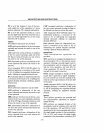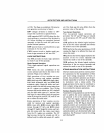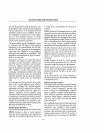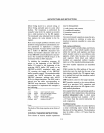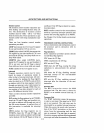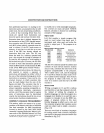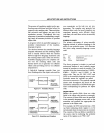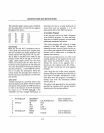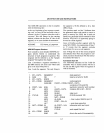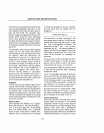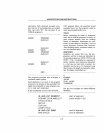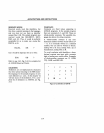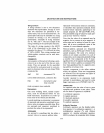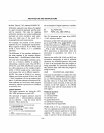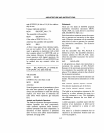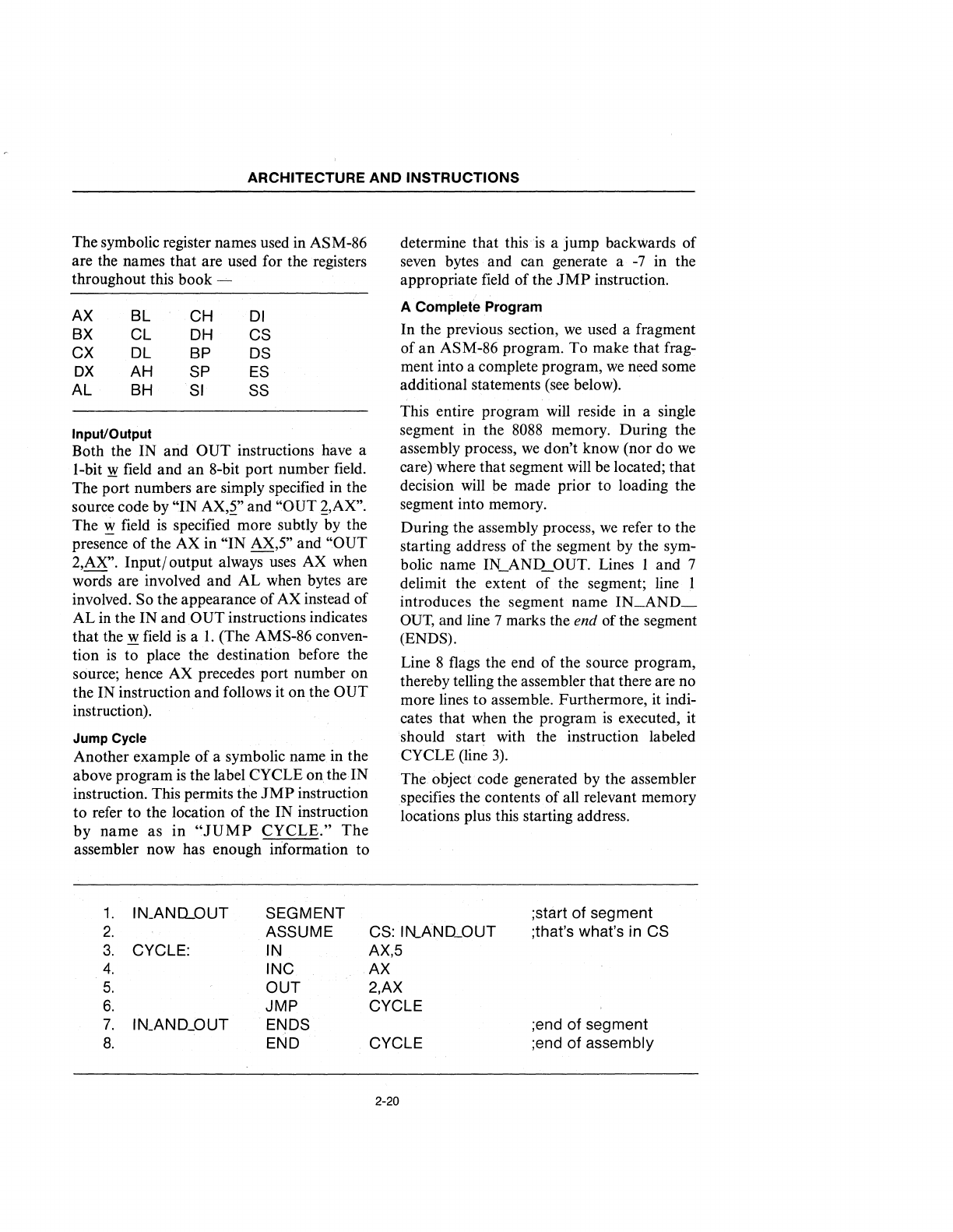
ARCHITECTURE
AND
INSTRUCTIONS
The symbolic register names used in ASM-86
are the names
that
are used for the registers
throughout this
book
~
AX
BX
CX
DX
AL
BL
CL
OL
AH
BH
InpuVOutput
CH
OH
BP
SP
SI
01
CS
OS
ES
SS
Both the
IN
and
OUT
instructions have a
I-bit
:w
field
and
an
8-bit
port
number field.
The port numbers
are
simply specified in the
source code
by
"IN
AX,Y
and
"OUT
~,AX".
The
~
field
is
specified more subtly by the
presence
of
the AX in
"IN
AX,S"
and
"OUT
2,AX".
Input/
output
always uses AX when
words are involved and
AL
when bytes are
involved.
So the appearance
of
AX instead
of
AL
in the
IN
and
OUT
instructions indicates
that
the ~ field
is
a
1.
(The AMS-86 conven-
tion
is
to place the destination before the
source; hence
AX
precedes
port
number
on
the
IN
instruction
and
follows it
on
the
OUT
instruction).
Jump
Cycle
Another example
of
a symbolic name in the
above program
is
the label CYCLE
on
the
IN
instruction. This permits the
JMP
instruction
to
refer to the location
of
the
IN
instruction
by
name
as
in
"JUMP
CYCLE."
The
assembler now has enough information to
1.
IN_ANQOUT
SEGMENT
2.
ASSUME
determine
that
this
is
a
jump
backwards
of
seven bytes and can generate a -7 in the
appropriate field
of
the
JMP
instruction.
A Complete Program
In
the previous section,
we
used a fragment
of
an
ASM-86 program.
To
make
that
frag-
ment into a complete program,
we
need some
additional statements (see below).
This entire
program
will reside in a single
segment in the
8088 memory. During the
assembly process,
we
don't know (nor
do
we
care)
where
that
segment will be located;
that
decision will be made prior to loading the
segment into memory.
During the assembly process,
we
refer to the
starting address
of
the segment by the sym-
bolic name
IN_AND_OUT. Lines I and 7
delimit the extent
of
the segment; line 1
introduces the segment name
IN_AND_
OUT,
and line 7 marks the end
of
the segment
(ENDS).
Line 8 flags the end
of
the source program,
thereby telling the assembler
that
there are no
more lines to assemble. Furthermore, it indi-
cates
that
when the program
is
executed, it
should start with the instruction labeled
CYCLE (line
3).
The object code generated by the assembler
specifies the contents
of
all relevant memory
locations plus this starting address.
;start of segment
CS:
I~ANO_OUT
;that's what's in CS
3.
CYCLE: IN AX,5
4.
INC AX
5.
OUT
2,AX
6.
JMP
CYCLE
7.
IN_AN~_OUT
ENDS
;end
of
segment
8.
END CYCLE
;end
of
assembly
2-20



